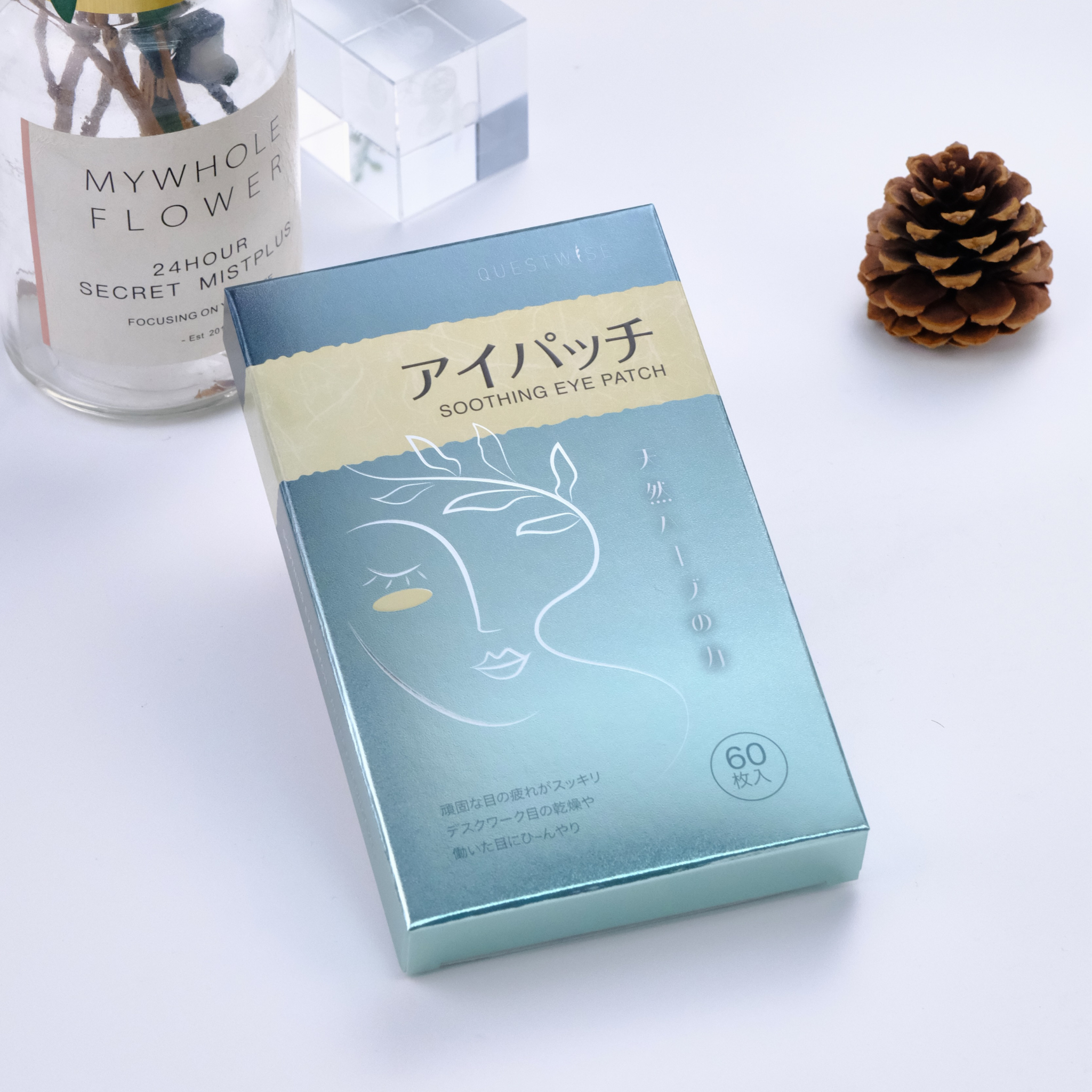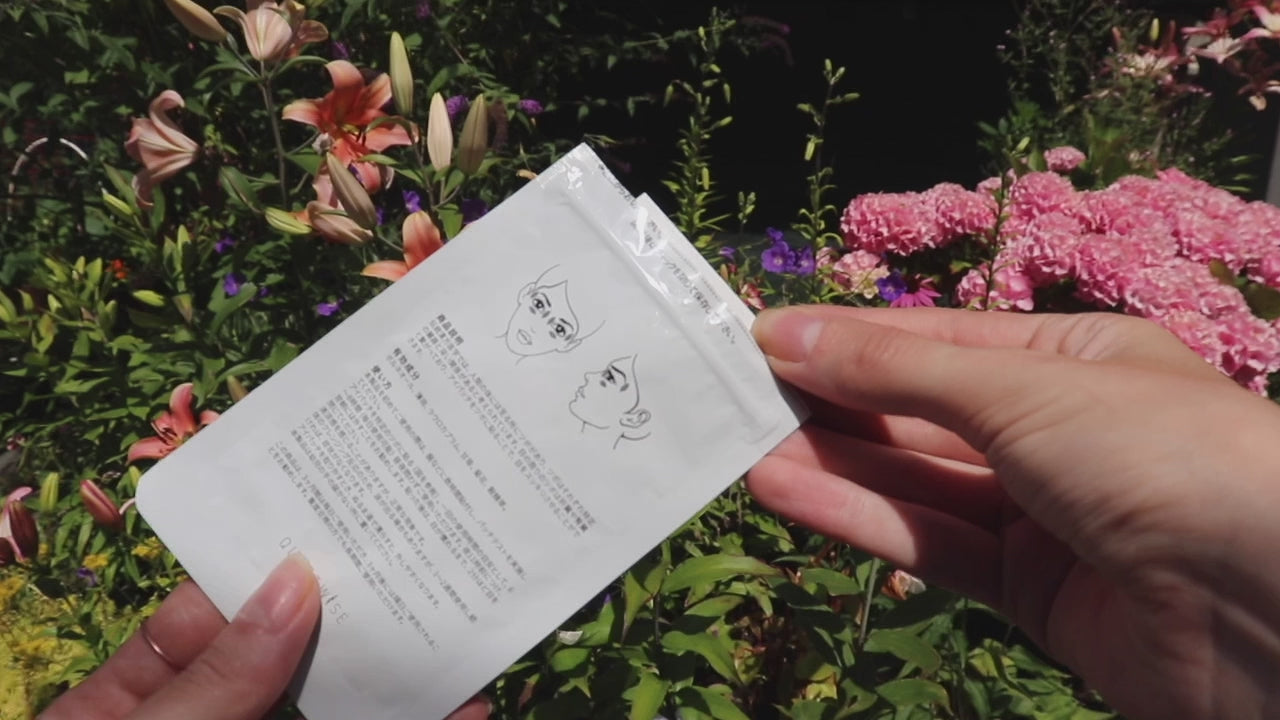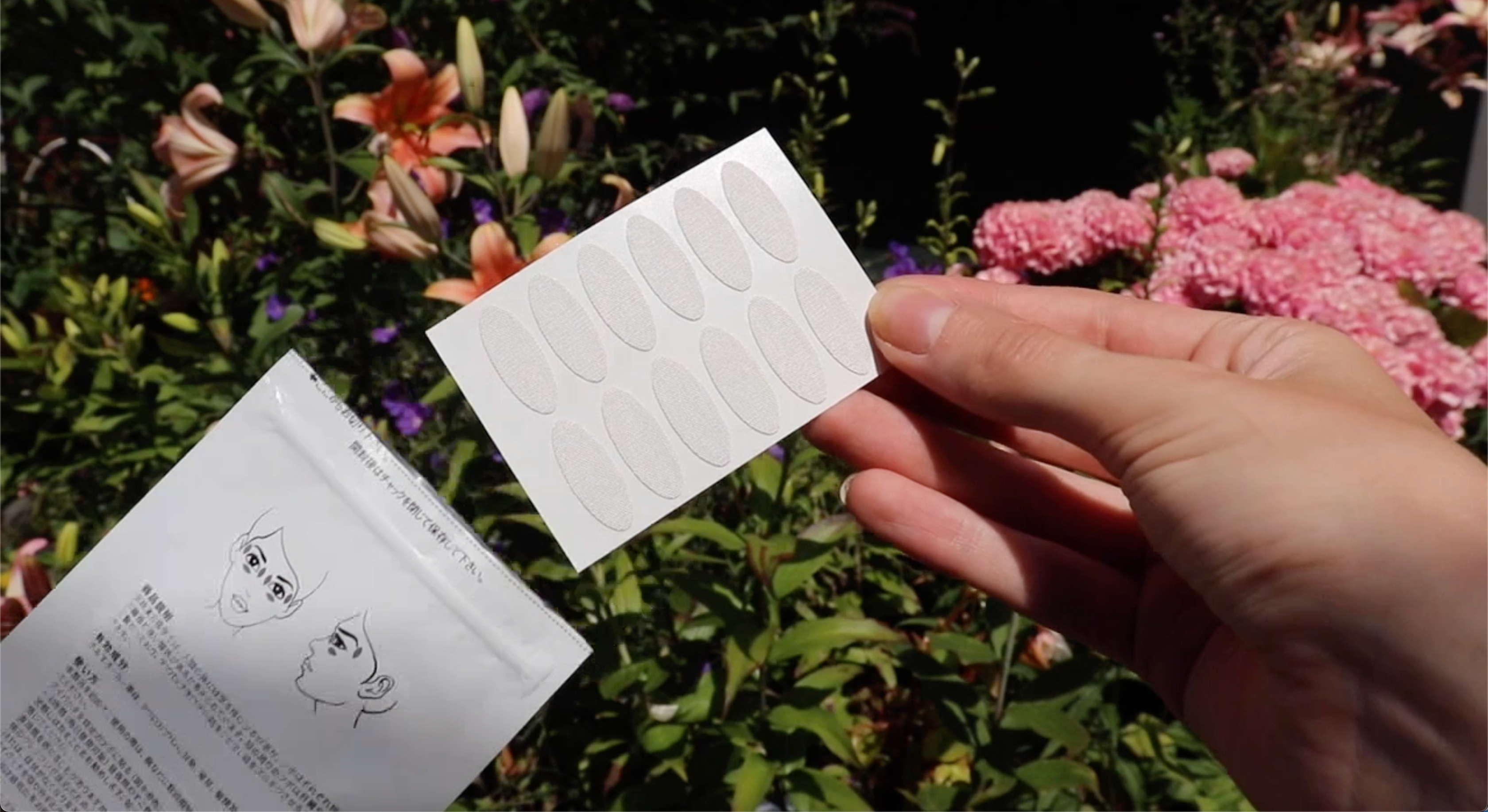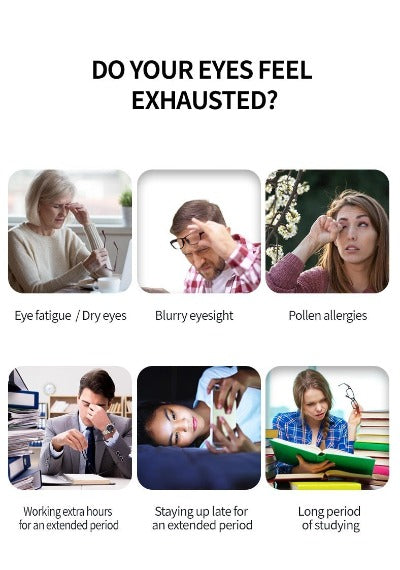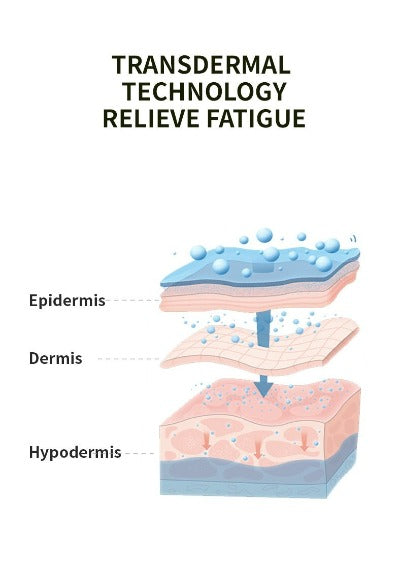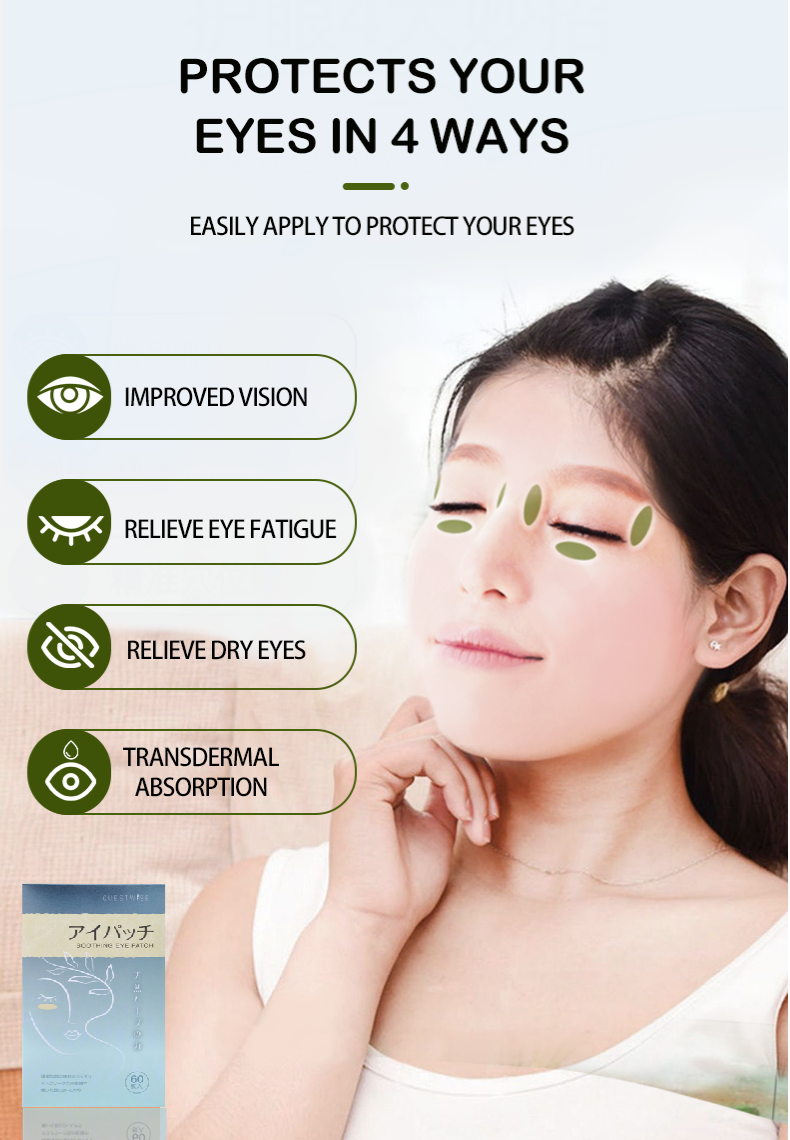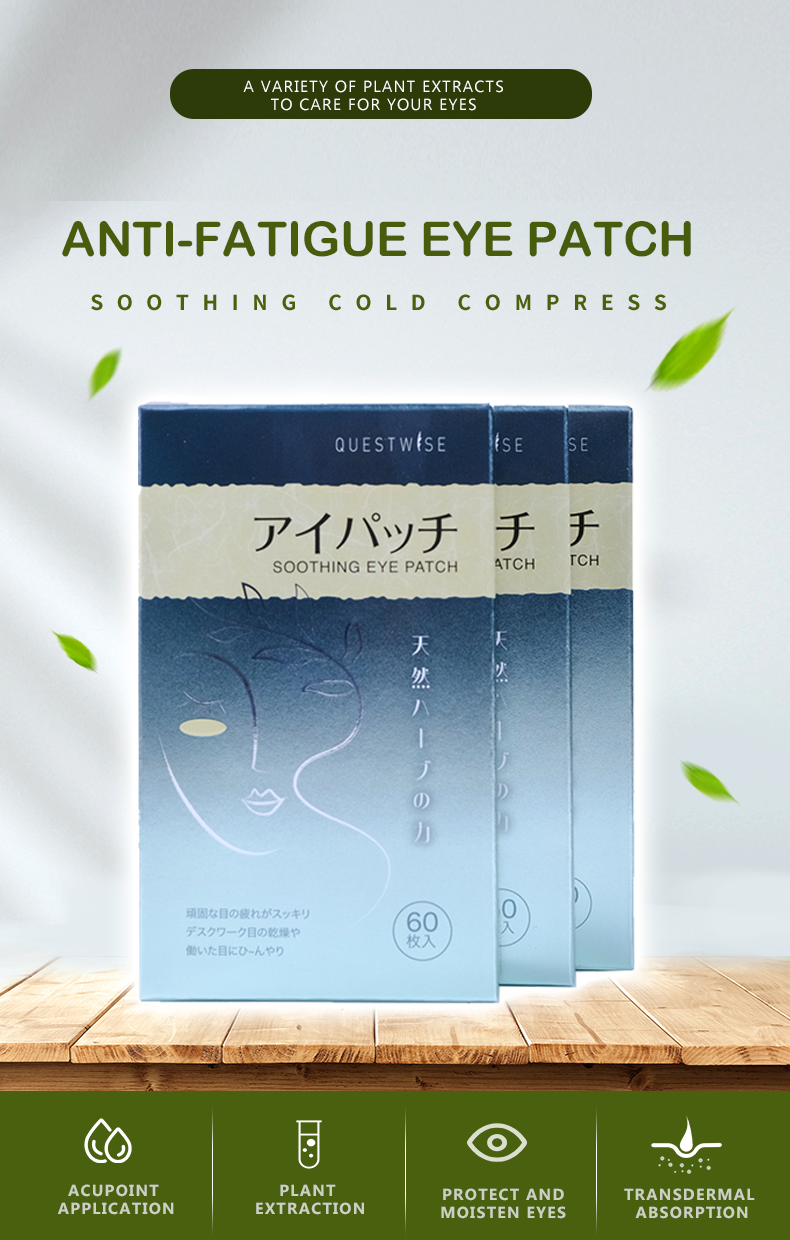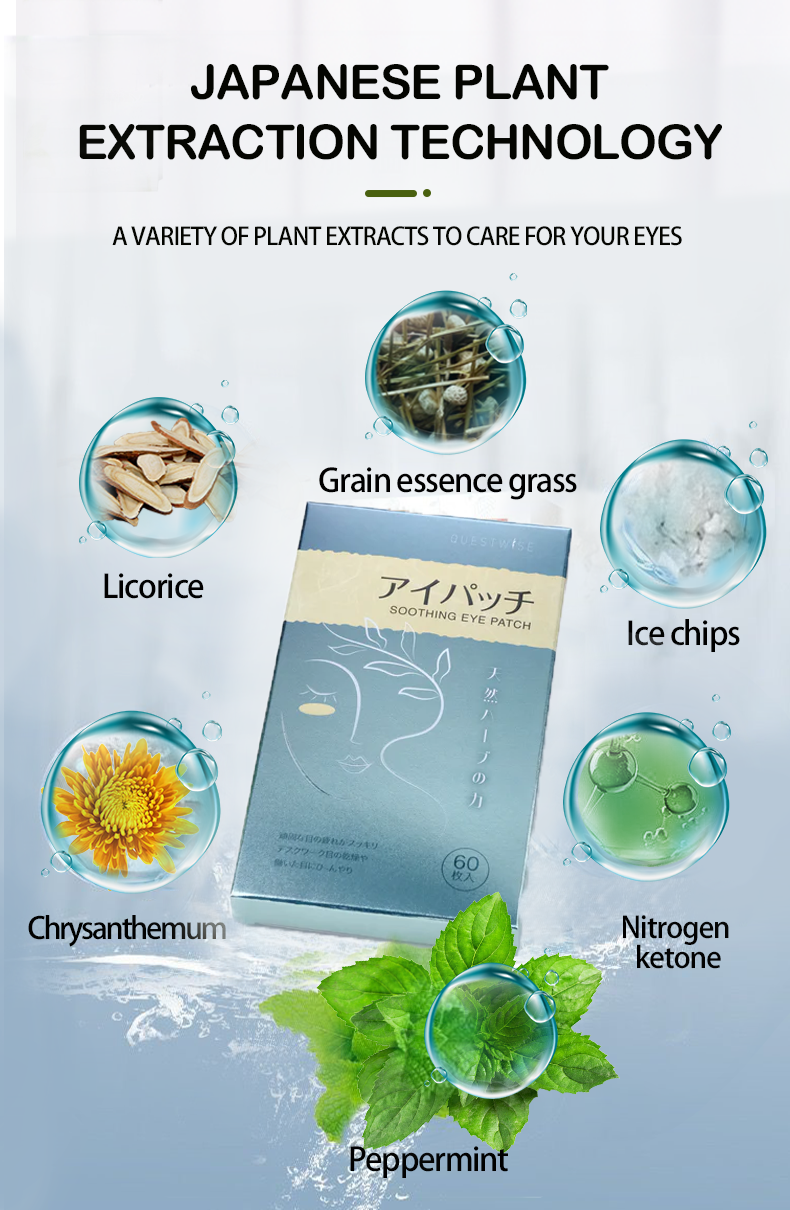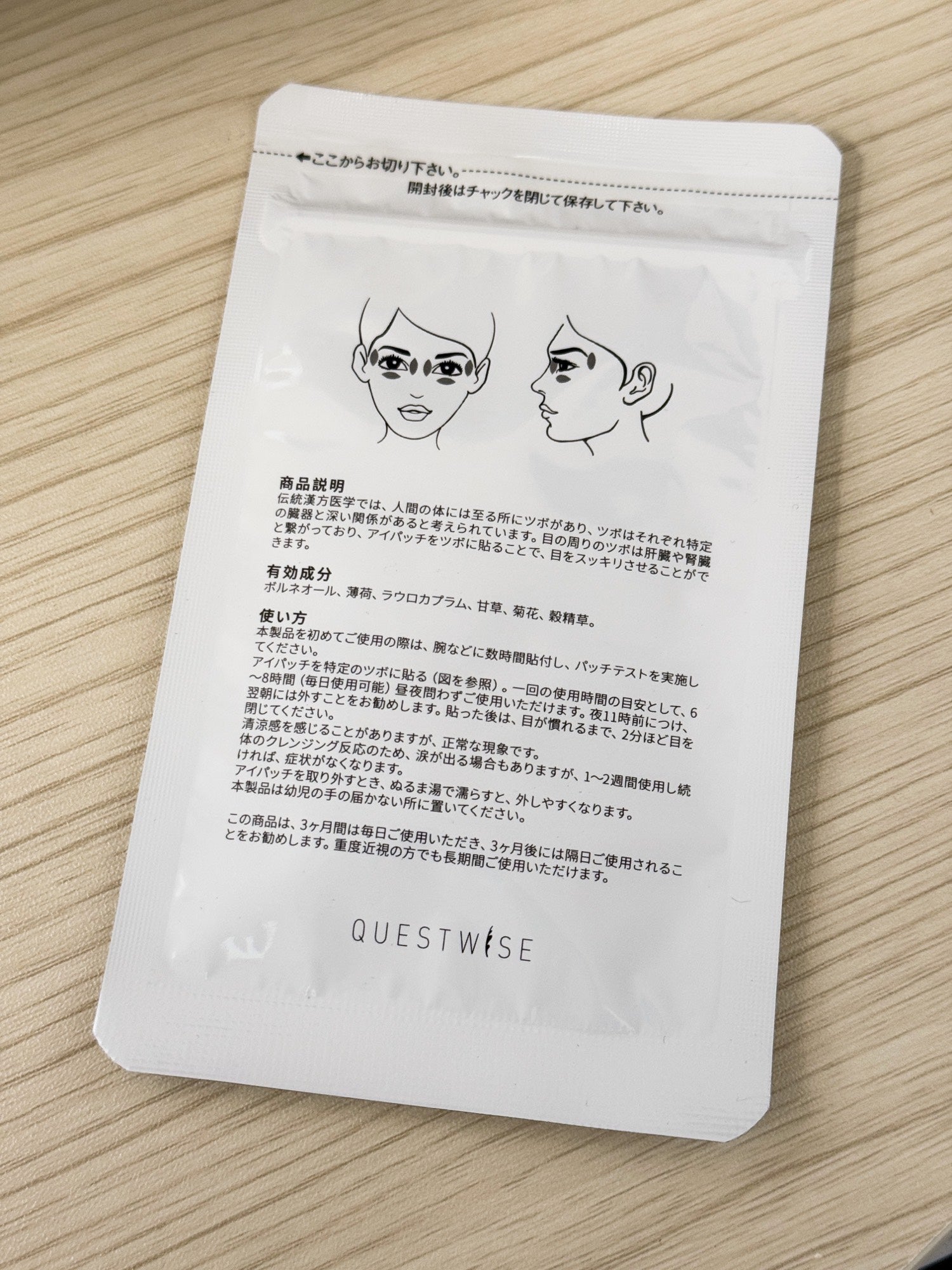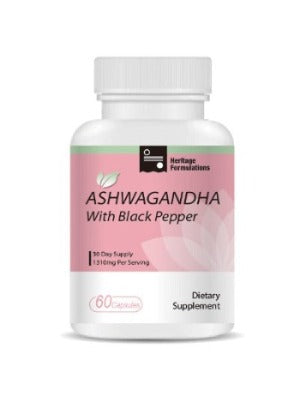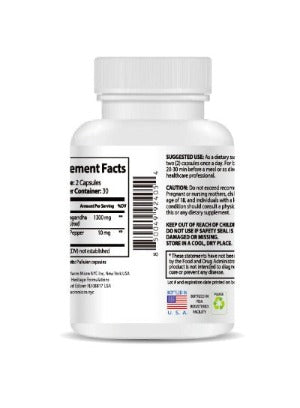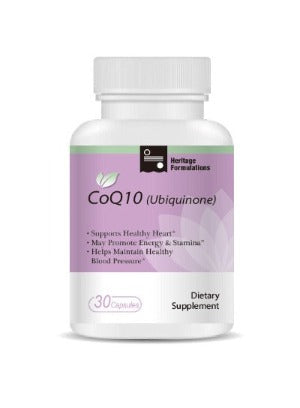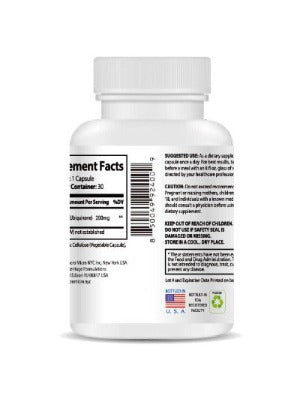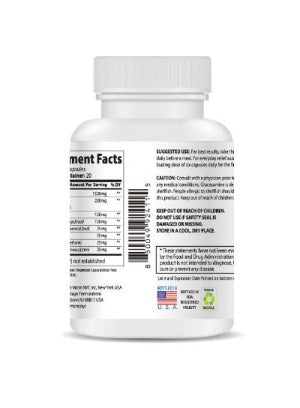Imagine this: You're walking down a busy street, looking at the city skyline, and for a moment, the world goes a little hazy. Or you're at your desk, working on a document, when the text on your screen seems to lose its sharp edges, only to snap back into focus after you blink. This frustrating, on-and-off blur is a common experience, but if you're like most people, you probably dismiss it as a sign of tired eyes.
However, top eye clinics across New York City—where eye strain is a part of the daily grind—are issuing a clear warning: that blurry vision might not be just fatigue. It is often a key symptom of dry eye syndrome.
For years, dry eye has been misunderstood as a minor discomfort—a little itchiness or redness. But as eye doctors in a high-stress, high-screen-time environment like NYC will tell you, dry eye is a complex condition that can profoundly affect your vision. In this comprehensive guide, we'll explore the surprising link between dry eye and blurry vision, explaining the science behind the blur and sharing expert advice on how to get your clarity back.
The Surprising Connection: How Dry Eye Hijacks Your Clarity
The short answer to the question, "Can dry eye cause blurry vision?" is a resounding yes.
To understand why, you first have to think of your eye's surface not just as a lens, but as a window covered by a film of liquid. This is your tear film, and it is the very first surface that light passes through on its way to your retina. For you to have a perfectly clear image, this tear film needs to be perfectly smooth and uniform.
When you have dry eye, this tear film becomes unstable. It can become patchy, thin, or evaporate too quickly. Imagine a high-quality camera lens that’s been smudged. The lens itself is fine, but the smudges distort the image. That's exactly what a compromised tear film does to your vision. It creates an irregular surface that scatters light instead of focusing it cleanly, resulting in that tell-tale blurry or hazy vision. This is why for many people, the blur isn't constant; it comes and goes as the tear film breaks up and is temporarily restored with a blink.
The Anatomy of a Problem: The Three Layers of Your Tears
According to eye care professionals from clinics spanning Manhattan to Brooklyn, a proper diagnosis requires understanding the three distinct layers of the tear film. A problem with any of them can lead to dry eye and, consequently, blurry vision.
1. The Mucin Layer (The Foundation)
This is the innermost layer of the tear film, clinging directly to the surface of your eye. Its purpose is to create a smooth, hydrophilic (water-attracting) surface, allowing the watery layer to spread evenly across the eye rather than beading up. When this layer is deficient, the tear film can't spread smoothly, leading to patchy, dry spots on the eye's surface that directly interfere with your vision.
2. The Aqueous Layer (The Moisture)
This is the thickest layer of your tear film, the one most people think of as "tears." It's produced by the lacrimal glands and provides essential moisture, nutrients, and oxygen to the cornea. If your lacrimal glands are not producing enough tears—a condition known as aqueous-deficient dry eye—your eye becomes dehydrated. This lack of moisture can lead to constant irritation, redness, and a feeling of grittiness, all of which contribute to vision blur.
3. The Lipid Layer (The Sealant)
This is the outermost, oily layer, produced by the Meibomian glands located along the eyelids. Its crucial job is to seal in the watery layer and prevent it from evaporating too quickly. Experts in NYC see this as the most common cause of dry eye, a condition called Meibomian Gland Dysfunction (MGD). In MGD, the glands become clogged or inflamed, producing insufficient or poor-quality oil. Without a stable oily layer, your tears evaporate within seconds of a blink. This rapid evaporation is a major culprit behind fluctuating vision, where your eyesight is clear right after a blink but quickly becomes blurry again as the tear film dissipates.
More Than Just a Little Blur: The Warning Signs From Your Eyes
The on-again, off-again blur is a key indicator of dry eye, but it often doesn't travel alone. NYC eye doctors frequently see patients who dismiss these symptoms until they become severe. Here are the specific warning signs you should be on the lookout for:
-
Fluctuating Vision: This is the most telling sign. Your vision is clear, then gets progressively hazy, then a single blink temporarily clears it up. This is a classic symptom of evaporative dry eye.
-
Worsening Vision with Screen Time: In a city full of professionals glued to their laptops and smartphones, this is a major issue. Staring at a screen reduces your blink rate significantly. Fewer blinks mean less lubrication and faster tear evaporation, which intensifies both the dryness and the blur.
-
A Gritty or Sandy Sensation: This is often described as feeling like there's something stuck in your eye, like a piece of sand. It's a direct result of a lack of proper lubrication.
-
Redness and Light Sensitivity: Without a protective tear film, the cornea is exposed and can become irritated and inflamed. This can make your eyes look red and feel sensitive to bright lights, both of which can also affect vision clarity.
-
Watery Eyes: This might seem counterintuitive, but excessive tearing can also be a sign of dry eye. When your eyes are dry, they send a signal to your lacrimal glands to produce a flood of "reflex tears." These tears are mostly water and lack the essential oils and mucin to be effective, so they simply spill over, providing little lasting relief.
Expert Recommendations From NYC Eye Clinics: How to Find Relief
If you've been experiencing any of these symptoms, especially the fluctuating blur, it's time to take action. NYC eye clinics emphasize that treating the underlying dry eye condition is the only way to effectively resolve the blurry vision. Here's a look at the treatments and strategies they recommend.
1. Professional Diagnosis is Non-Negotiable
Don't self-diagnose. A comprehensive eye exam is crucial. An eye care professional can perform a variety of tests, such as a Tear Break-Up Time (TBUT) test, to precisely identify the type and severity of your dry eye. This is essential for creating a targeted, effective treatment plan.
2. Start with At-Home and Over-the-Counter Solutions
For many, the first step is to incorporate simple, effective habits.
-
Lubricating Eye Drops: Not all drops are created equal. Eye clinics recommend preservative-free artificial tears, especially for frequent use. Preservatives can sometimes irritate an already sensitive eye. For more severe cases, your doctor might recommend a thicker gel drop.
-
Warm Compresses: If your dry eye is due to MGD (the most common type), a warm compress is a game-changer. Applying a warm compress to closed eyelids for 5-10 minutes can help loosen and melt the thickened oil in your Meibomian glands.
-
Eyelid Hygiene: Gently cleaning your eyelids with a special eyelid scrub or diluted baby shampoo can help keep the Meibomian glands clear of debris and inflammation.
3. Consider Professional In-Office Treatments
For patients with moderate to severe dry eye, especially MGD, a simple eye drop may not be enough. Advanced clinics in NYC offer sophisticated treatments:
-
LipiFlow: This is a thermal pulsation treatment that applies gentle heat and pressure to the eyelids to unblock the Meibomian glands, allowing them to function properly again.
-
Intense Pulsed Light (IPL): IPL therapy uses light pulses to target inflammation and improve the function of the Meibomian glands. It’s a popular treatment for MGD, with many patients reporting significant relief.
-
Punctal Plugs: These tiny, biocompatible plugs are inserted into the tear ducts to block them, keeping your natural tears on the eye's surface for a longer period.
The Bottom Line
Blurry vision that comes and goes is a frustrating problem, but it’s not an unsolvable mystery. Eye care professionals in NYC and beyond are seeing a clear link between this symptom and dry eye syndrome. By understanding the critical role of your tear film and recognizing the accompanying warning signs, you can take control of your eye health. Don't simply dismiss the blur as "tired eyes." A proper diagnosis and a personalized treatment plan can not only bring you comfort but also restore the sharp, clear vision you deserve.
5 Q&A for Users with Eye Discomfort
1. Q: Why does my vision clear up for a second after I blink, then get blurry again? A: This is the most classic symptom of evaporative dry eye. When you blink, you're spreading a fresh, temporary layer of tears across your eye. Your vision clears because this new layer of moisture creates a smooth surface for light to pass through. However, if your tears are lacking the essential oily layer to prevent evaporation, they break up quickly, and your vision becomes blurry again until the next blink.
2. Q: Can using eye drops too much be bad for my eyes? A: It depends on the type of drops. If you're using drops with preservatives more than four to six times a day, the preservatives themselves can start to irritate your eyes over time. This is why eye doctors often recommend preservative-free drops for frequent use, as they are gentler and can be used as often as needed to maintain comfort without the risk of irritation.
3. Q: Is dry eye just a seasonal problem, or is it year-round? A: Dry eye can be both. For some, it is a seasonal issue that worsens in dry, cold weather or during allergy season. However, for most, it is a chronic, year-round condition caused by underlying issues like Meibomian Gland Dysfunction (MGD) or hormonal changes. Air conditioning in the summer and indoor heating in the winter can also exacerbate symptoms, making it a constant battle for many.
4. Q: Should I buy blue light glasses to help with my blurry vision? A: Blue light glasses might help with some of the symptoms of digital eye strain, but they are unlikely to be a cure for blurry vision caused by dry eye. While blue light can contribute to eye fatigue, the primary cause of fluctuating vision is a problem with your tear film. To directly address the blur, it's more effective to focus on managing your dry eye with lubricating drops and other treatments, in addition to taking regular screen breaks.
5. Q: Can diet or vitamins help my dry eye symptoms? A: Yes, diet can be very helpful! Many eye clinics recommend adding Omega-3 fatty acids to your diet, which are found in fatty fish (like salmon and tuna), flaxseed, and walnuts. Omega-3s can help improve the quality of the oily layer of your tears, making them more stable and less prone to evaporation. It’s a supportive measure that can be part of a broader treatment plan.


